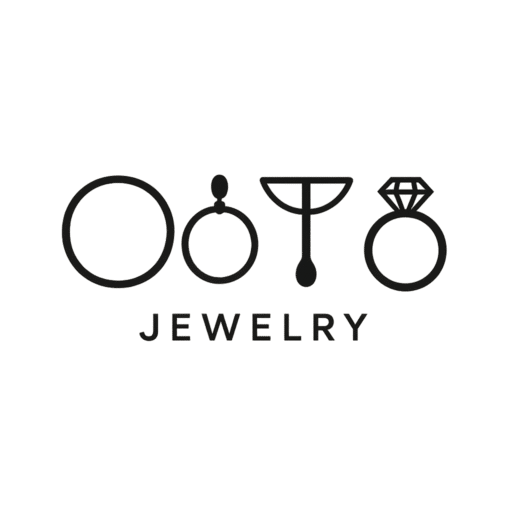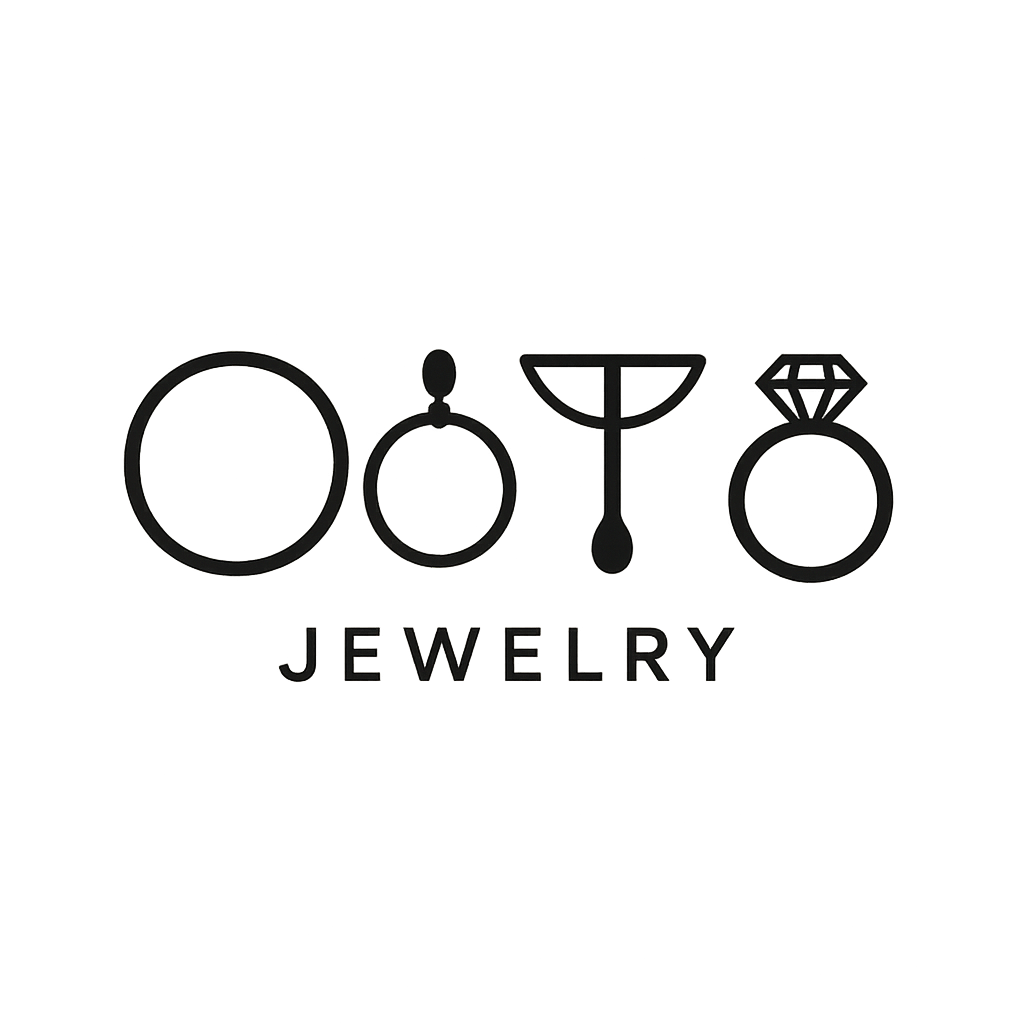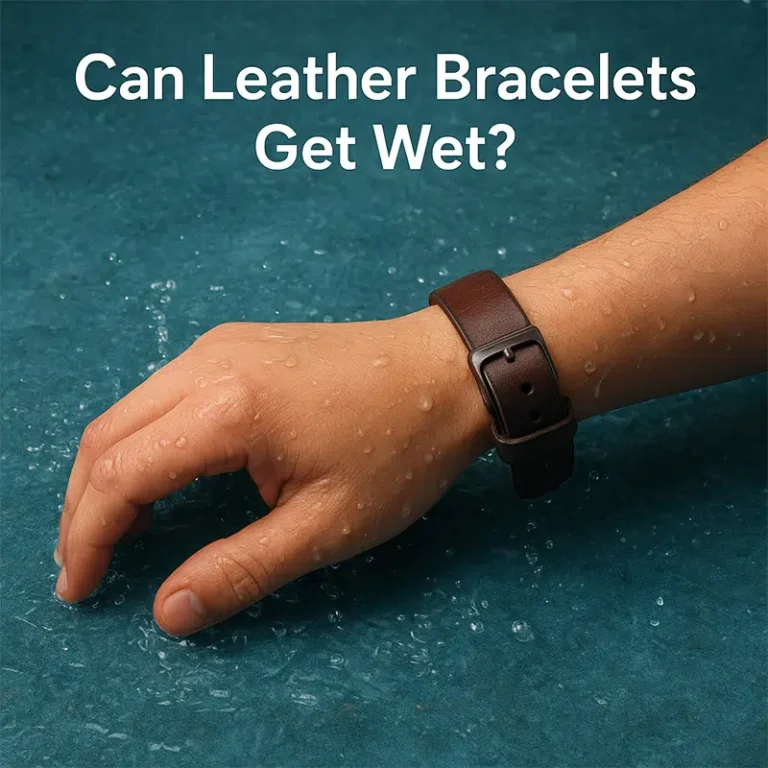Why It Matters to Know Real Leather
Not all “leather” products you see in bracelets are real. The difference in leather makes a difference in quality, feel, and how long your bracelet will last.
Many men’s leather bracelets are sold as “genuine leather” but there exists a wide gap between real leather, PU, and microfiber materials.
This guide will talk about how to identify genuine leather, so you know what to expect when making smart purchasing decisions concerning leather bracelets, or sourcing products for your brand.
What Is Genuine Leather and Types?
Genuine leather comes from animal hide, which is usually cowhide, and undergoes a tanning process. The hide has layers, which creates several types of leather.
Here are the leather grades:
Full grain leather – The top layer with all natural markings intact. This is the best value. It keeps all the natural surface with original grain patterns. This leather ages beautifully and develops a patina over time.
Top grain leather: The second layer, lightly sanded and finished, but high quality.
Genuine leather: The middle layers of the hide. Real leather, but not the best cut.
Split leather: It comes from the lower layers of the hide. It is thinner and costs less, but is still real leather. Some of the leather magnetic bracelets are made of split leather to keep the costs down and the authenticity in the material.
Consider genuine leather as the middle layer. It is real hide but not the top, the best grade. In jewelry manufacturing, genuine leather is a good choice for braided leather bracelets, for it is flexible, comfortable on the wrist, and has a natural texture.
Why It’s Important to Tell Real Leather from Synthetic

Real leather on jewelry or bracelets gives you a premium feel and better comfort in daily wear. Many buyers want to know if their genuine leather bracelet is really made of leather. If you can tell the difference to your client, this creates confidence between your brands and users.
Benefits of real leather:
- Natural material that breathes
- Softens and shows character with age
- Lasts for years with proper care
- Warm feel against skin
Problems of artificial leather:
- Uniform finish looks manufactured
- Doesn’t breathe well, feels sweaty
- Short lifespan – cracks in several months
- Cold feel to the touch
How to Identify Genuine Leather: 6 Reliable Tests
Look Test – Check the Surface Grain
When you get close to the leather, notice the pattern on the top. Real leather has irregular pores, natural blemishes, and varying patterns of grain. There won’t be two spots that are the same because the skin came from an animal!
Fake leather is too uniform. The pattern has a certain configuration. You will find the same “grain” in the various patches. It is just like looking at printed wallpaper and not at the grain of the wood.
Touch Test – Feel the Texture
Real leather feels warm to the touch. It is pliable and has a slightly grainy texture, which is soft but not slippery. Genuine leather may wrinkle slightly, but it will automatically spring back after a while.
Artificial leather feels cold and plastic. The surface is too smooth. When you bend it, it will not be pliable, but either remain stiff or be folded with hard creases. Temperature is an indication of value, for the synthetics will lose warmth soon.
Smell Test – The Leather Scent
Genuine leather has a rich, natural smell. It is the smell of tanned animal hide, and is earthy and distinctive. Once you have identified the smell, you will never forget it.
Faux leather has the smell of chemicals or of some substances which are artificial. Some of the artificial materials have no smell at all, or are like the smell of a new shower curtain.
Edge Test – Examine the Sides

Look at the edges where the leather is cut. You will find that the edge of real leather is rough and fibrous. You can see tiny fibers sticking out, the edge looks natural and unfinished.
The edges of the fake leather look smooth after cutting. Sometimes the edge is shiny. You can even see a fabric backing underneath the plastic coating. Real leather goes all the way through—it’s hide, not coating.
Water Drop Test

Put a small drop of water on an inconspicuous part of the leather. Authentic leather will soak up the water gradually. The patch becomes darker in color as the water is absorbed. After a few seconds, the change can be seen.
Fake leather will entirely repel the water. The drop will lie on the top, like water on the surface of a raincoat. Be careful with this test, however, and do it only on an inconspicuous part of the leather to avoid spoiling the bracelet.
Price and Label Clues
Real leather bracelets from suppliers cost more than synthetic ones. The price differential is because working with real hide takes more labour, and the cost of materials is higher.
Check what the brand says. Certainly, authentic suppliers will state “genuine leather” or “full-grain leather” clearly on their product pages. Vague terms like “leather-like” with “man-made materials” mean products are synthetic.
At OOTB, we specify the material types for all our leather bracelets so that buyers know exactly what they are getting.
Burning Test

This test is effective, but harmful to the test material, so it should not be used unless you happen to have a scrap piece.
Real leather is reduced to ashes when burned. It smells a little like burnt hair, which is not pleasant, but it is not unpleasant: it is organic.
Artificial leather melts under severe heat as does plastic. It smells like melted plastic or chemicals. The melted product is in the form of hard beads, instead of ashes.
Tips for Buyers and Brands
For retail customers: Purchase from reputable brands. Ask questions about details of the materials before buying. Don’t hesitate to ask for close up photos of the leather surface and edges. Check reviews of the company and see if other buyers have confirmed the quality of the materials.
For B2B buyers: Request samples of the leather before placing large orders. Ask your jewelry manufacturer in China what their leather sources are. Reassure yourself that multiple pieces from the same order have consistent quality.
Final Thoughts
Genuine leather is unique, strong, and offers comfort. No man-made material can completely imitate its characteristics or how it wears with age. The natural texture, its breathability, and feel make real leather worth the extra expense.
At OOTB, we use high-quality, genuine leather and microfiber leather, and we have integrated modern stainless steel designs that fit any taste. in our bracelet collections. Both materials offer comfort and durability for daily wear.





